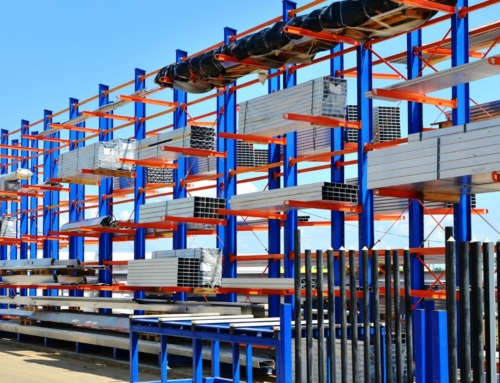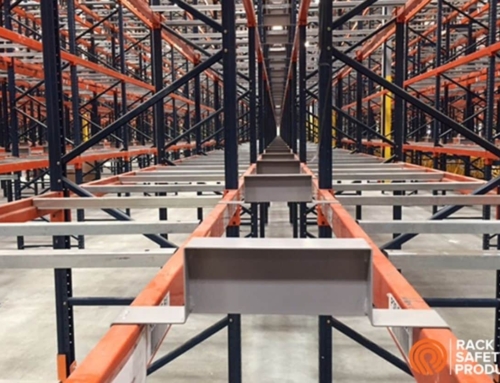[fusion_builder_container hundred_percent=”no” equal_height_columns=”no” menu_anchor=”” hide_on_mobile=”small-visibility,medium-visibility,large-visibility” class=”” id=”” background_color=”” background_image=”” background_position=”center center” background_repeat=”no-repeat” fade=”no” background_parallax=”none” parallax_speed=”0.3″ video_mp4=”” video_webm=”” video_ogv=”” video_url=”” video_aspect_ratio=”16:9″ video_loop=”yes” video_mute=”yes” overlay_color=”” video_preview_image=”” border_size=”” border_color=”” border_style=”solid” padding_top=”” padding_bottom=”” padding_left=”” padding_right=””][fusion_builder_row][fusion_builder_column type=”1_1″ layout=”1_1″ background_position=”left top” background_color=”” border_size=”” border_color=”” border_style=”solid” border_position=”all” spacing=”yes” background_image=”” background_repeat=”no-repeat” padding_top=”” padding_right=”” padding_bottom=”” padding_left=”” margin_top=”0px” margin_bottom=”0px” class=”” id=”” animation_type=”” animation_speed=”0.3″ animation_direction=”left” hide_on_mobile=”small-visibility,medium-visibility,large-visibility” center_content=”no” last=”no” min_height=”” hover_type=”none” link=””][fusion_text columns=”” column_min_width=”” column_spacing=”” rule_style=”default” rule_size=”” rule_color=”” hide_on_mobile=”small-visibility,medium-visibility,large-visibility” class=”” id=””]
In the warehouse, flue space is an essential safety mechanism to prevent warehouse fire damage. While some companies may be more susceptible to fire damage than others, it is still everybody’s responsibility to do everything possible to prevent fires from spreading. Because fire prevention has many different factors that play into the overall prevention, it can be extremely hard to know what is most important to focus on. One of the most important factors that many will start with is the flue space on the pallet rack. To show how important flue space dividers are, this article will cover:
- What flue space is
- How flue space impacts fire prevention
- Flue space requirements
- Avoid the temptation
- Why use flue space dividers?
Here are some of the biggest benefits of using flue space dividers.
What Is Flue Space?
The National Fire Protection Association defines flue space as the clear vertical and horizontal lines of sight from the floor up to the ceiling in racking storage areas. There are two types of flue space: transverse flues and longitudinal flues. Transverse flue space is the space between the racking that is parallel to how pallets would be loaded on the racking. On the other hand, longitudinal flue space refers to the space between the storage rows.
How Does Flue Space Impact Fire Prevention?
In the event of a fire, flue space allows fires to vent upward instead of off to the sides. This allows for a slower fire spread and may lessen the chance of fire spreading to other parallel racking systems instead of moving upwards. Furthermore, flue space allows water to reach the lowest parts of the racking. Because racks will often have pallets of products on the shelving, it can be somewhat hard for water to penetrate the lower levels of the racking, instead of being displaced by said pallets.
Flue space ensures that no matter how heavily loaded the racking systems are, water will be able to travel throughout the entire racking system. Having this total coverage will ensure that the systems that you have in place for fire prevention will be efficient and effective in ensuring that fires are contained—if not completely put out.
Flue Space Requirements
Because flue space is so crucial to the safety of employees, much effort has been taken to enact laws and regulations regarding the minimum amount of flue space present within racking systems by the NFPA. These guidelines address the minimum flue space requirements, meaning that a warehouse manager is free to go over these guidelines with the drawback of losing valuable warehouse space.
Flue space requirements for storage up to 25 feet tall (with sprinkler systems)
- With double and multiple row racks without solid shelving (ie. Wireframe or slat style racks), a longitudinal flue space is not required.
- 6-in. transverse flue spaces between loads shall be maintained in single-row, double-row, and multiple-row racks.
- The racks are permitted to have random spacing in the width of the flue spaces if it does not present any danger to the stability of the racking system or the contents of said racking system.
Flue space requirements for storage over 25 feet (sprinkler systems)
- 6 inches of space must be provided in the transverse flue space between loads and at rack uprights. These should always be maintained in single-row, double-row, and multiple-row racking systems.
- 6-in. longitudinal spaces must be maintained in double and multiple row racks.
- Random variations in the width of the flue spaces or vertical alignment are permitted as long as this random spacing does not pose any threat to the stability of the racking system.
Keeping along with these guidelines will ensure that your racking systems meet the codes of safety, thus reducing your chances of fines and dangerous working situations.
Avoid the Temptation
When it comes to racking systems, you will always have the capability to maximize your storage space by overloading your pallet racking systems. While doing so will provide increased returns in the short term, you will actually be putting yourself in a lot of risk in the long run. Even if you are not concerned about the fire aspect of flue spacing, overloading your racks can produce a whole realm of other difficulties. If a warehouse decides to overload its racks, warehouse managers may find that they will increasingly deal with:
- Difficulties in safe retrieval of inventory.
- Increased risk of racking collapse.
- Increased risk of unsecured inventory.
- General increase of personal injury in workers.
- The decreased lifespan of racking systems.
Why Use Flue Spacers?
When looking at flue spaces, the most important characteristic for you to strive for is consistency. Pallet racking systems are made to be uniform with each other for the purpose of safety and ease of use. If you have many racking systems that have different-sized flue spaces, you may find yourself quickly getting into trouble with overloading your pallets. Rather than having varied racking systems, it is often the best course of action to purchase spacers of a consistent size and capability. These spacers force you to have the maximum spatial requirements for pallets in your racking system. In other words, flue space dividers will serve along the lines of bookmarks, ensuring that your inventory does not impede in the flue space requirements. Doing so will help you have a standard size requirement for your racking systems and will lessen the risk of accidently overloading your racking.
We hope this article has answered all your questions on the benefits of flue space dividers. Remember that flue guards not only prevent fire damage but also help aid in the placement and limitation of unsafe pallet-bound inventory. As such, these systems are essential for any warehouse that is concerned about safety and productivity. If you are in the market for pallet rack spacing products, make sure you reach out to Rack Safety Products! We have everything you need to ensure you make your racking systems the safest that they can be.

[/fusion_text][/fusion_builder_column][/fusion_builder_row][/fusion_builder_container]






